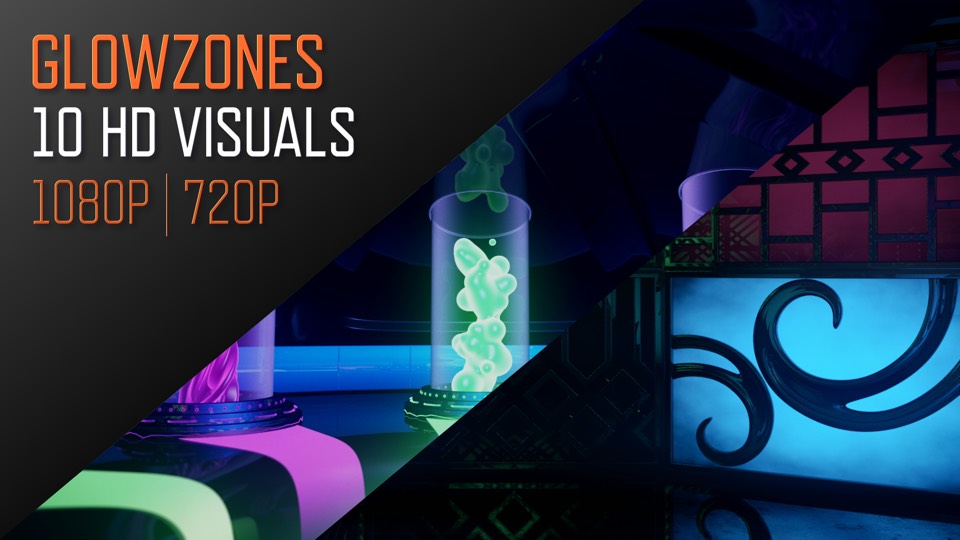CoGe VJ Installing FFGL plugins on CoGe. Which version to install? Modul8 Why not Modul8? TLDR: There's no FFGL support in Modul8. Nov 03, 2016 In CoGe VJ any UI that you are going to interact with is an interface that you will create from the interfaces menu. For the sake of this tutorial we’re going to need a clipsynth and an effectchain, so go ahead and create those from the interface menu. CoGe VJ is a semi-modular VJ software, which means you can build the environment that suits you the best, and you won't be stuck with a pre-defined interface. You are only limited by the maximum performance of your computer's graphics card and, of course, your imagination.
In this section I’ll describe the native elements of the application’s user interface. All of these items are windows, and work similarly to windows in other Mac applications. Each window has a title bar on the top, and can be moved by dragging this title.

Look & Feel
By default, CoGe uses a pinkish color for the highlights by default. You may prefer one of the other highlight colors: orange, blue or green by opening the Preferences from the CoGe menu and selecting the Look and Feel tab.
Module Containers
A Module Container is the place where you can add and remove modules and is the enclosing container for views displayed by each of the modules, AKA 'Module Views'. There are three types of Module Containers, but the main difference between them is which types of Modules a Module Container may contain. This latter distinction is defined by the type of Gadget in question.
Module Containers all look like same: each is a large striped area with a message written across the center, which tells you the type of modules that may be added (Player, Mixer, Effect or LayerGroup Item).
Similarly, they also work the same way across Gadgets: to insert a module into a Module Container, right-click on the area, and select a module from the popup menu. To remove a module, click the 'Del' button in the upper-right corner of the module.
Module Containers can have an arbitrary number of modules: there is no hard-coded limit to the number of modules you may place in a Container. Depending on the Gadget (and therefore Container type,) a Module Container will either only allow you to have multiple modules simultaneously active (e.g. Effects) or one active module at a time (e.g. Players.)
Module Container types:
- Player Container : Used by ClipSynths, you can insert Player Modules here for media playback. Only one Player Module is allowed to be active at one time. See more in the ClipSynth section.
- Effect Container : Used by EffectChains, you can insert and arrange Effect Modules here for application in various ways. Multiple modules may be active simultaneously in this container. See more in the EffectChain section.
- Mixer Container : Used by the Master Mixer, you can insert and arrange Mixer Modules. Multiple modules may be active simultaneously in this container. See more in the Master Mixer section.
- LayerGroup Container : Used by LayerGroups, you can insert and arrange LayerGroup Items here. See more in the LayerGroups section.
Module Views
A Module View is another name for the interface of a module, which CoGe generates automatically when it is added. The Module View contains all adjustable controls, organized vertically into rows and labelled with descriptive names, that allow either manual or automated control of module parameters. Some control types do not render directly in the Module View (e.g. Matrices and Color Wells) - instead the name of the parameter is displayed.
Common to all Module Views is a 'header row' which contains standard controls:
- Re-ordering Buttons - left < and right > arrows that allow you to move a Module left and right in the container. This is important to EffectChains and the Mixer, because these act as 'chains' and the order of active modules can have a profound effect on the result generated. See more in the Master Mixer and EffectChain sections.
- Module Enable/Disable Button - this button contains the name of the module, and allows you to enable or disable the module.
- Del Button - clicking the 'Del' button removes the Module from the container.
Master Mixer
The Master Mixer window is the place where mixing or compositing of the image sources occur. This window has two parts:
- On the left side, you will see the following text: 'First layer or output if no mixer selected' and a vertical list of buttons corresponding to all currently available image layers - if any exist. These selector buttons allow you to choose one item at a time to be visible if no Mixing or Compositing module is active. If a Mixer Module is active, this selector will allow you to choose the first channel that will be mixed/composited.
- On the right side, you see the Mixer Module Container. Here you can add, remove and rearrange mixer modules, as described in the Module Containers section.
It is possible to apply an EffectChain to the final output of the Master Mixer. To enable (or disable) this, Click the 'fxchain on' button until it is highlighted and select the desired EffectChain from the adjacent drop down menu. As explained by the Master Mixer Rendering Chain diagram, this EffectChain will be rendered after the Mixer Modules. In other words, all mixing and compositing happens first and then effects are applied.
Note: the Master Mixer also serves as a Syphon Server, meaning that frames coming from the Main Output window can be transmitted to other Syphon-aware applications ('clients').
Audio Analysis
Audio Analysis in CoGe allows you to modulate parameters using incoming sound. For example, you could change the amount two videos are mixed by tying the opacity of one source to the overall loudness of the sound in the room through automation.
The Audio Analysis window presents a visual representation of incoming audio coming from the selected audio source. The window shows a 12-bandEQ-style level meter (graphs '1' through '12') as well as a Volume Peak (graph 'P') level meter.

If the input audio is too soft to achieve the desired effect, you can apply an effective gain boost to all values, or just for the peak, lows, mids or high values by the adjusting sliders in the window.
When you have the settings right, you can use this values that Audio Analysis captures as values to drive sliders in other modules, using the right-click Automation contextual menu on the slider you wish to modify. Simply choose Audio Analysis: and select the band/peak you want to assign to the slider.
Aligners


Given the extreme flexibility, modularity and features in CoGe, and the complexity of your project, it can sometimes occur that more windows are needed than can be comfortably viewed on your display. To address this, CoGe introduces Aligners, which are a special type of window that allows you to arrange other windows together into manageable organizational 'buckets.'
Aligners are designed to sort windows into smaller groups, by showing only one window at a time by layering them like a deck of cards.
Coge Vj Software
By clicking one of the buttons along the top edge of an Aligner you can select which attached window you want to see. It's a standard CoGe Button Matrix, so you can assign Key/MIDI/OSC triggers to each of it's cells.
To create an Aligner, simply click on the A on the left-hand side of the titlebar for a given window. A menu will display, where you can select between creating a new Aligner and attaching the current window to it, or attaching the window to an existing Aligner.
When a window is attached to an Aligner, it displays a U on the titlebar instead of an A, clicking on this field will un-attach the window from the Aligner. Closing an Aligner will un-attach all the attached windows.
An important thing is, all attached windows of an Aligner are still capable of receiving Key/MIDI/OSC actions, regardless of whether the window is the actively displayed one or not.
Coge Vj Software
You may change the name of an Aligner by clicking on the NC field on the Aligner's titlebar.
Default Window Positions
Coge Vj And Chuck
In the Behavior section of Preferences you can store the position of main CoGe Windows (all windows above this section excluding aligners.) Briefly: when this setting is selected, CoGe can remember the current state of your windows, and next time you launch they will restore to the same position and size on the screen.
To enable this feature: select 'Yes' from the 'Restore stored state of windows on startup' drop-down menu.
Coge Vj Tv

Coge Vj Search
To store the current size and position of main CoGe Windows as the startup state, click the 'Store Current' button. To remove these settings and restore default window positions and sizes, click the 'Reset' button.
